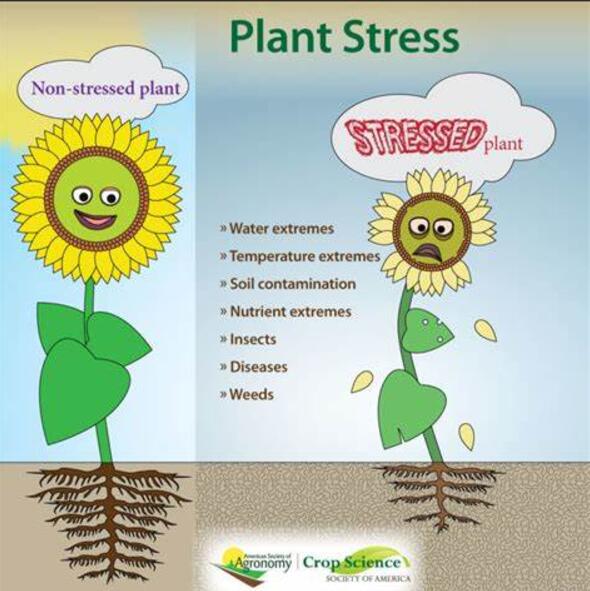Pearl millet WRKY transcription factor PgWRKY52 positively regulates salt stress tolerance through ABA-MeJA mediated transcriptional regulation
IF 6.8
Q1 PLANT SCIENCES
引用次数: 0
Abstract
Environmental stresses adversely affect plant growth and development by disturbing physiological and metabolic equilibrium. Plants counteract these stresses through intricate genetic and biochemical pathways, which are largely mediated by signalling networks that involve key transcription factors (TFs). Among these, WRKY TFs are crucial in modulating plant responses to various stresses. In previous studies, WRKY TFs have been identified in millets. However, their functional characterization in millets remains vastly unexplored. Therefore, we have isolated and characterized PgWRKY52, a Group IIc WRKY TFs from pearl millet, along with its upstream promoter region to understand its functional regulatory role. Ectopic expression of PgWRKY52 in transgenic Arabidopsis improved seed germination under salt stress and phytohormonal treatments of abscisic acid (ABA) and methyl jasmonate (MeJA). Improved stress tolerance was linked to reduced reactive oxygen species (ROS) accumulation and upregulation of stress-responsive genes, indicating an enhanced defense system. Promoter analysis unveiled that the PgWRKY52 promoter was constitutively active across vegetative and reproductive tissues, with strong stress-inducible activity under salt, heat, and ABA treatments. Cis-regulatory element (CRE) analysis identified key stress-responsive elements, including ABRE, MYB, W-box and MYC, which were validated through mutational studies as essential for promoter activity. Additionally, PgWRKY52 exhibited W-box-dependent DNA-binding capability, a characteristic feature of WRKY TFs. These findings emphasize the important function of the PgWRKY52 promoter in driving stress-responsive transcription. Altogether, these findings establish PgWRKY52 as a stress-responsive TF that enhances salt stress tolerance through crosstalk of ABA-MeJA signalling pathways and the regulatory role of its promoter, presenting a promising tool for developing climate-resilient crops.
求助全文
约1分钟内获得全文
求助全文
来源期刊

Plant Stress
PLANT SCIENCES-
CiteScore
5.20
自引率
8.00%
发文量
76
审稿时长
63 days
期刊介绍:
The journal Plant Stress deals with plant (or other photoautotrophs, such as algae, cyanobacteria and lichens) responses to abiotic and biotic stress factors that can result in limited growth and productivity. Such responses can be analyzed and described at a physiological, biochemical and molecular level. Experimental approaches/technologies aiming to improve growth and productivity with a potential for downstream validation under stress conditions will also be considered. Both fundamental and applied research manuscripts are welcome, provided that clear mechanistic hypotheses are made and descriptive approaches are avoided. In addition, high-quality review articles will also be considered, provided they follow a critical approach and stimulate thought for future research avenues.
Plant Stress welcomes high-quality manuscripts related (but not limited) to interactions between plants and:
Lack of water (drought) and excess (flooding),
Salinity stress,
Elevated temperature and/or low temperature (chilling and freezing),
Hypoxia and/or anoxia,
Mineral nutrient excess and/or deficiency,
Heavy metals and/or metalloids,
Plant priming (chemical, biological, physiological, nanomaterial, biostimulant) approaches for improved stress protection,
Viral, phytoplasma, bacterial and fungal plant-pathogen interactions.
The journal welcomes basic and applied research articles, as well as review articles and short communications. All submitted manuscripts will be subject to a thorough peer-reviewing process.
 求助内容:
求助内容: 应助结果提醒方式:
应助结果提醒方式:


